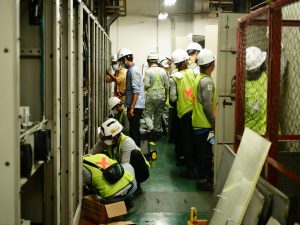In high-risk industries like oil and gas, construction, and manufacturing, a proactive approach to safety isn’t just beneficial—it’s essential. Companies that adopt and enforce workplace safety best practices reduce accidents, improve employee morale, and protect their operational reputation. This article outlines the most effective strategies to ensure your workplace remains safe, productive, and compliant.
1. Start with a Strong Safety Policy
Every effective safety program begins with a well-documented and clearly communicated safety policy. This policy should:
- Outline the company’s safety philosophy
- Define roles and responsibilities
- Set safety goals and KPIs
- Be regularly updated to reflect current regulations and risks
Employees should sign off on having read and understood the policy, and it should be part of the onboarding process for new hires.
2. Conduct Routine Risk Assessments
Regular hazard identification and risk assessments are critical. These assessments should cover:
- Physical hazards (machinery, heights, electrical systems)
- Chemical hazards (gases, flammable liquids, corrosives)
- Biological hazards (mold, bacteria, viruses)
- Ergonomic hazards (repetitive motion, awkward postures)
Use risk matrices to rank and prioritize hazards by severity and likelihood, and implement controls accordingly.
3. Provide Ongoing Safety Training
Training should be customized by role and department. Key training types include:
- Induction training: Basic HSE protocols for new hires
- Role-specific training: Machinery operation, PPE use, emergency procedures
- Refresher courses: Scheduled updates to prevent complacency
- Emergency response training: Fire drills, first aid, and evacuation protocols
Training records should be maintained to ensure compliance with industry standards and legal requirements.
4. Supply and Enforce Use of PPE
Personal Protective Equipment (PPE) is the last line of defense against injury. Employers must:
- Identify the right PPE for each task (helmets, gloves, goggles, harnesses, etc.)
- Ensure proper fitting and comfort
- Train staff on correct usage and maintenance
- Replace damaged or expired PPE without delay
5. Encourage Open Communication
Employees must feel comfortable reporting unsafe conditions, near misses, or violations without fear of retaliation. Encourage this through:
- Anonymous reporting systems
- Safety suggestion boxes
- Regular safety meetings or “toolbox talks”
- Empowering workers to stop work if they spot a safety risk
Open dialogue promotes early intervention and prevents accidents before they happen.
6. Maintain Equipment and Tools
Faulty machinery is a common cause of workplace accidents. A maintenance schedule should include:
- Routine inspections
- Preventive maintenance
- Immediate repairs for reported issues
- Calibration and testing of monitoring devices (like gas detectors)
Contract qualified technicians or service teams if you don’t have in-house capacity.
7. Housekeeping and Organization
Clean, clutter-free workspaces significantly reduce trip, slip, and fall hazards. Best practices include:
- Clearly marked walkways
- Proper storage of tools and chemicals
- Spill control systems and immediate cleanup protocols
- Waste disposal according to safety and environmental regulations
Adopt the 5S system (Sort, Set in order, Shine, Standardize, Sustain) to keep work areas organized and safe.
8. Monitor and Evaluate Safety Performance
Use measurable KPIs to track the effectiveness of your safety program:
- Number of incidents per month
- Frequency and severity of injuries
- Compliance rates during audits
- Near-miss reporting frequency
- Employee participation in training
Regularly review this data to identify trends and adjust strategies accordingly.
9. Reward Safe Behavior
Incentives can positively reinforce safe conduct. Examples include:
- Recognition awards
- Bonuses for zero-incident records
- Public acknowledgment during meetings
- Gamified safety challenges
Be sure incentives don’t inadvertently discourage reporting of real issues.
Conclusion
Safety is not a one-time effort—it’s a culture that must be cultivated, supported, and continually improved. By implementing these best practices, organizations not only meet regulatory standards but also protect their workforce and optimize long-term performance.






